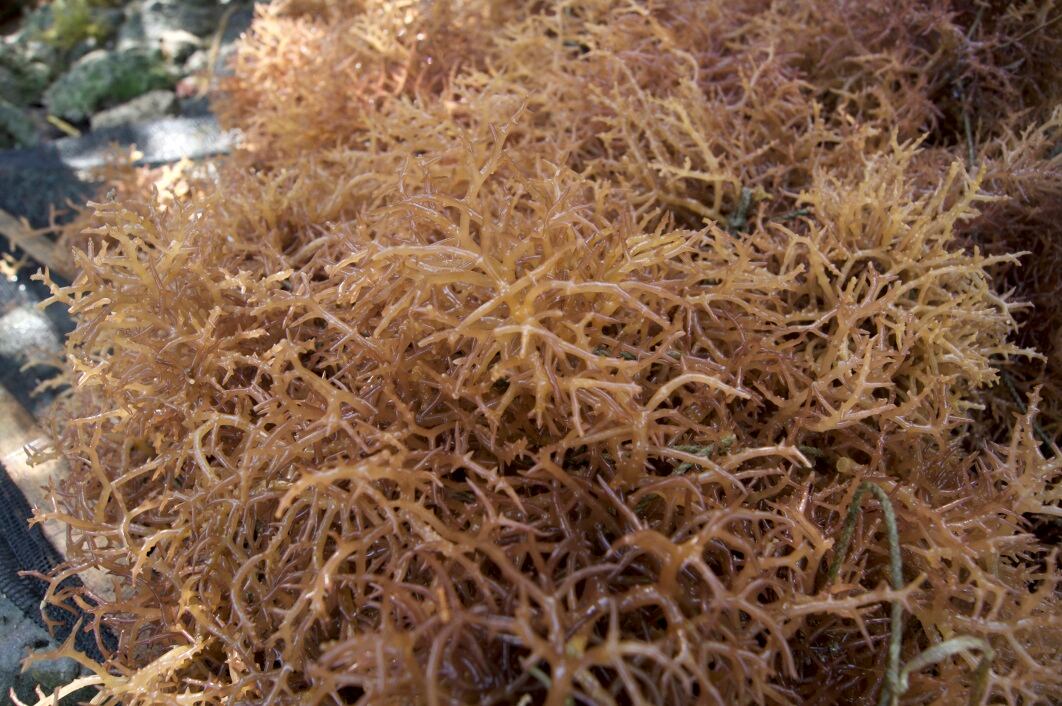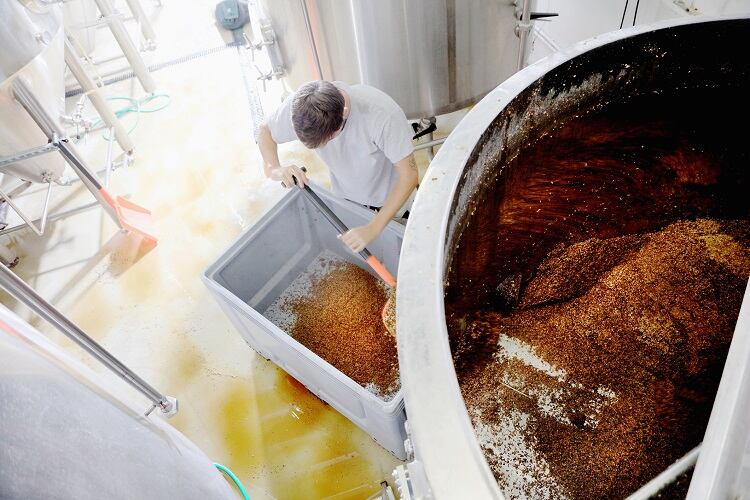The project, which was headed up by Professor Charlotte Jacobsen, worked alongside ingredients supplier CP Kelco as an industrial partner.
The DUT research group worked across three varieties of seaweed and have discovered methods to “open up” the different varieties so that the protein can be extracted.
“For two of the varieties, we can extract the proteins using enzymes. In the third variety, enzymes did not work at all. In this case we discovered that it was possible to extract proteins by making the pH value more alkaline,” Professor Jacobsen revealed.
Professor Jacobsen told FoodNavigator it took the DUT a year to establish an effective process at lab scale for the first species of seaweed. “The industrial partner has worked on the upscaling to pilot scale for two years on this species,” she revealed.
CP Kelco currently imports red Spinosum seaweed to extract carrageenan, which is used as a stabiliser and thickener by the food sector and included in a variety of products, from chocolate milk to meat.
“Once we have extracted carrageenan from the seaweed, what remains is a waste product that we send to a biogas plant. It is of interest to us if the seaweed can be used for something else. If we can also extract proteins, we create greater value from the seaweed waste product. So we get more from our production and better utilize the resources,” Karin Meyer Hansen, senior product and analytical development manager at CP Kelco, explained.
Initially, DUT tried to extract proteins from CP Kelco’s waste seaweed. But the protein yield was too low as a result of the carrageenan extraction. They therefore had to reverse the order.
“We had to find a different method, so that we could extract the proteins first. We now have promising results from the laboratory that show that extracting protein first does [not] result in poorer quality carrageenan subsequently being extracted,” explained Professor Jacobsen.
In fact, the protein extraction improves the carrageenan as a final product because the natural colour is removed. “This is an advantage for us, as many customers want a colourless carrageenan that adds nothing but texture to their products,” Meyer Hansen said.
Is it commercially viable?
For the process to be commercially worthwhile, the protein extracted needs to find applications within the food industry.
As part of the project, Third Wave Nutrition assessed whether the seaweed proteins can be used in their dietary supplements and other protein products it produces.
“It would be revolutionary to get a new source of high-quality vegetable proteins. We see proteins as being high quality when they have the right composition of amino acids, are uncontaminated by heavy metals or pesticides, and do not add a bad taste to our products,” Henrik Schimmel, CEO of Third Wave Nutrition, explained.
The seaweed proteins do not yet fulfill all these requirements. However, the company is ready to do more tests when CP Kelco produces the first proteins at its pilot plant.
“We’re still facing some challenges with proteins, and more work needs to be done before we see seaweed proteins in consumer products. But we have proven the general principle that it is possible to extract proteins from seaweed. In one seaweed variety we were able to extract up to 90% of the protein content,” Professor Jacobsen commented.
The project’s funding runs out in two months. But the next phase of research would focus on “improving the method to separate the protein from the extraction media”, “purification of the extracted protein” and “testing applications”, Professor Jacobsen continued.
Marine side-streams playing catch-up
Professor Jacobsen told FoodNavigator that she has seen a “lot of interest” from the industry, which wants to get more out of the raw materials it processes into ingredients.
“We are engaged in several projects with companies, not only in seaweed but also in seafood in general,” she explained.
“The seafood industry is a bit behind compared to other sectors, [such as] the chicken and dairy industry. Twenty or thirty years ago whey protein was a “waste product” from the cheese industry. Nowadays dairy companies like Arla Foods are earning a lot of money from whey protein as an ingredient for food including sports drinks. The same may happen for other raw materials if new applications can be found for the side-streams.”
She believes that the world is waking up to the potential of seaweed. “In light of the global population growth, we must recognize that not everyone can meet their protein needs through animal proteins. We must find new sources of proteins, and I think we will need all the alternatives we can discover. We have demonstrated that seaweed definitely offers some potential.”




